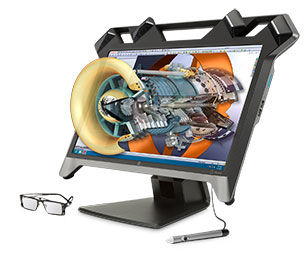Countless studies are pointing to the fact that BYOD is the new workplace reality. Today, 91% of employees report doing work outside the workplace. By 2015, 37% of the world’s professional population will be mobile workers.
These stats have practical implications for SharePoint deployments, often leaving IT professionals scratching their heads. How do you securely and effectively deliver an enterprise content-management system, such as SharePoint, to a wide range of mobile consumer devices without compromising the user experience?
Although technically complex, bringing BYOD into your SharePoint deployment will need to fit the pragmatic needs of your workforce for it to succeed. Working in the trenches with companies on exactly this challenge, here are some of the things we have learned.
Keep it simple
Let’s face it: You can spend lots of time building your SharePoint deployment, but it does not mean employees will automatically use it. If employees within your organization choose not to use the technology, you have failed. The setup must be simple and quick. Accessing and using SharePoint must be easy. File sharing in SharePoint must be as easy as consumer file-sharing services, and documents must be as easy to work with as e-mails. The alternative is that employees will find alternate, easier solutions to use on a day-to-day basis.
Make it powerful
SharePoint can’t be presented as an alternative solution, but rather must integrate with existing business applications, such as Microsoft Outlook. Search must be as powerful and easy as it is on the Web. Metadata must be simple, fast, and powerful to extract and apply. The system must be able to take advantage of advanced SharePoint features, such as records management. And don’t forget, your employees will want to do this using their own devices for, at the very least, some of their work time.
Ensure it’s available
Your employees are used to constant access to content when using SharePoint on their desktops. Now you need to replicate that experience to their mobile devices. Users need to be confident that they have access to their SharePoint files wherever they are, even when not connected to the Web. Your solution also needs to be compatible with any customizations you have made to SharePoint.
Trust
When implementing a BYOD strategy, you have to account for lost and stolen devices, so you’ll need to have the option to centrally manage the content. Further, SharePoint data and credentials cached on each device should be encrypted and secure. From the company perspective, you should have the option to centrally manage the SharePoint locations available to each user. In fact, the location of data, be it on-premise or in the cloud, should be secure and transparent to the user.
When it comes to SharePoint on their own devices, users expect the same easy consumer experience they have with other apps. To them it does not matter that SharePoint is an enterprise system, or that its content is sensitive and proprietary to your company. Governance and compliance are far from their minds when all they want to do is look up that document on their iPad when out of the office. Your mission, should you choose to accept it, is to solve the SharePoint user experience in any BYOD setting.
Barry Jinks is CEO of Colligo, maker products to increase productivity, streamline collaboration, and improve compliance across desktop and mobile devices.





